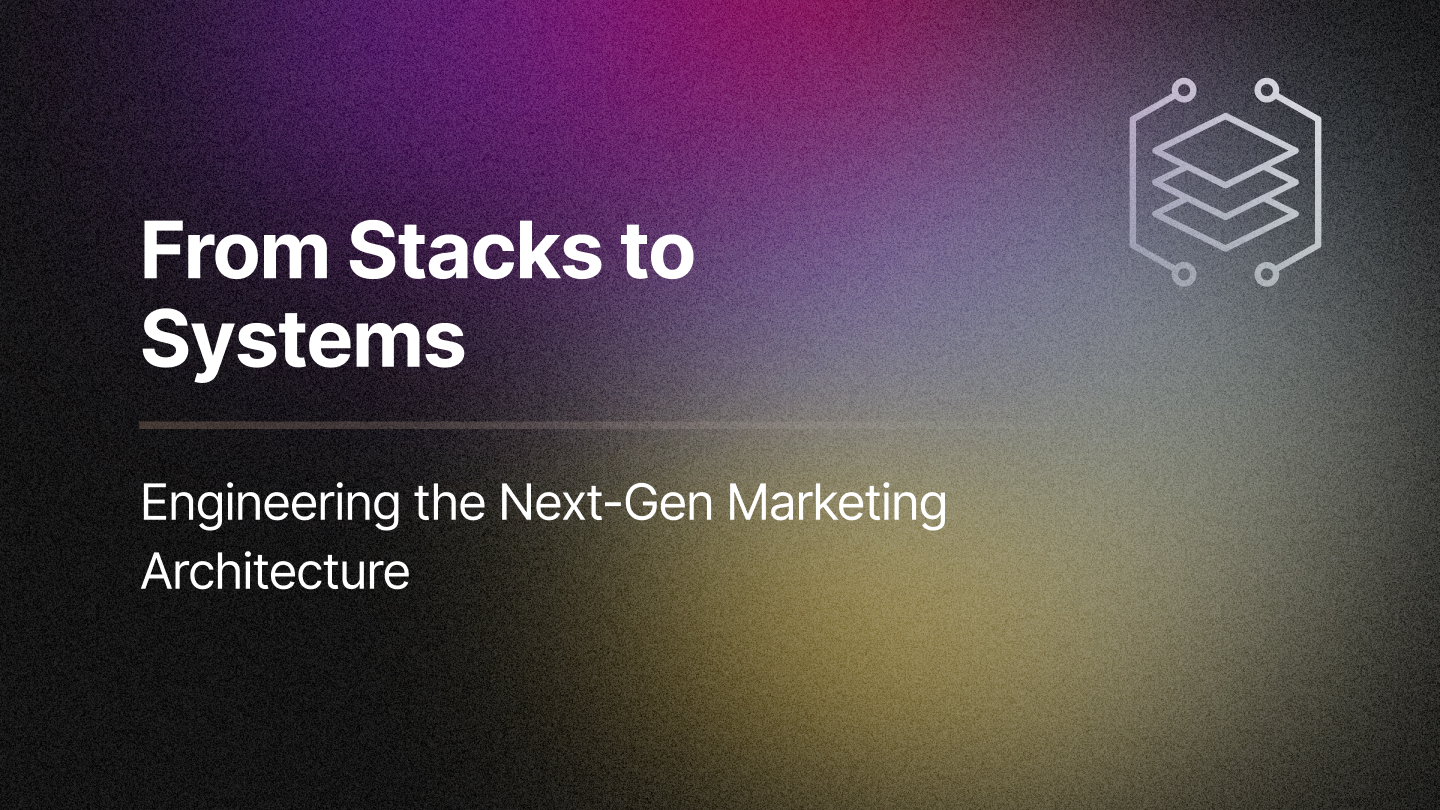Maximizing return on investment (ROI) is a common goal for go-to-market teams. However, the simplicity of the concept belies the challenges faced in practice. Traditional approaches to increasing ROI have fallen short due to industry changes. Marketers need to adapt to new approaches using cutting edge technologies.
Traditional Methodologies in Increasing ROI
Many marketing teams have needed to get more leads, faster or even “grow at all costs." But when you hear, "Our ROI is out of order, we need to cut costs.” Leading efforts had to be cut short or turned on and off, instead of building a strong and steady drumbeat. These quick reactions had marketing teams relying on best practices and preliminary research, instead of specific data to build their strategy and improve ROI.
What are the pitfalls of traditional methods?
"Automatic" Lead Scoring
- Automated lead scoring often limits high-level information, instead of in-depth research and findings, or predictive intent. For example, this often includes the number of pages visited, a certain job title, a count of emails clicked on– not necessarily anything indicative of propensity to purchase or deal size.
Partial Data Analysis
- Traditional marketing measurement methodologies often provide only partial information, limiting visibility into the entire customer journey. Achieving full visibility typically requires substantial resources, such as a dedicated team of analytics professionals or a large data warehouse, which many teams lack.
Hindsight
- Most ROI measurement relies on backward-looking analysis, making it difficult to make real-time decisions based on current leads and opportunities. Marketers would look historically at what was previously performed, or attribution models from the past and apply the same tactics to quickly generate leads.
Agencies over Fractional
- Agencies and retainer agreements were put in place to increase output when additional leads needed to be generated. However, these were costly and often inefficient compared to fractional or contract talent.
An Intelligent, More Modern Approach to ROI
Now, marketing has more science to it– including increased technology to help your team accurately hit goals instead of relying on gut instinct. As marketers are focused on contribution to revenue instead of merely generating leads, return on investments is more top-of-mind.
How can you improve traditional methods?
Better Technology
- Cutting-edge technology, such as machine learning, offers a solution to traditional methods' challenges. AI can interpret historical data and aggregate touchpoints to calculate the value of each interaction accurately, providing insights faster and more effectively than humans.
Active Funnel Management
- Marketers gain visibility into their marketing mix and attribution, empowering them to maximize ROI throughout the customer journey. This helps them understand what levers can be pulled to ensure an opportunity moves through the journey, optimizing close rates.
Lead Propensity
- Lead Propensity, as an alternative to lead scoring, offers a more advanced approach to measuring the likelihood of leads contributing to the pipeline.
Increase Funnel Speed
- Use data and insights to understand where bottlenecks are in marketing to sales to closing the deal and improve the process around the buying journey.
Data Aggregation
- With enhancements around attribution and data cataloging, you can better aggregate data than in the past. This allows marketers to strategically dissect which sources create leads with the highest propensity to purchase or those with higher average deal sizes. Allowing marketers to work more effectively within their budget.
While some traditional methods aren’t entirely ineffective, you don’t want to overhaul your entire approach to improve ROI on them. Technology and data have a larger role to play in marketing ROI and ensuring that campaigns and tactics are measured more efficiently than in the past. We cover this topic in greater detail in our latest whitepaper, download it here.
Related Blogs







